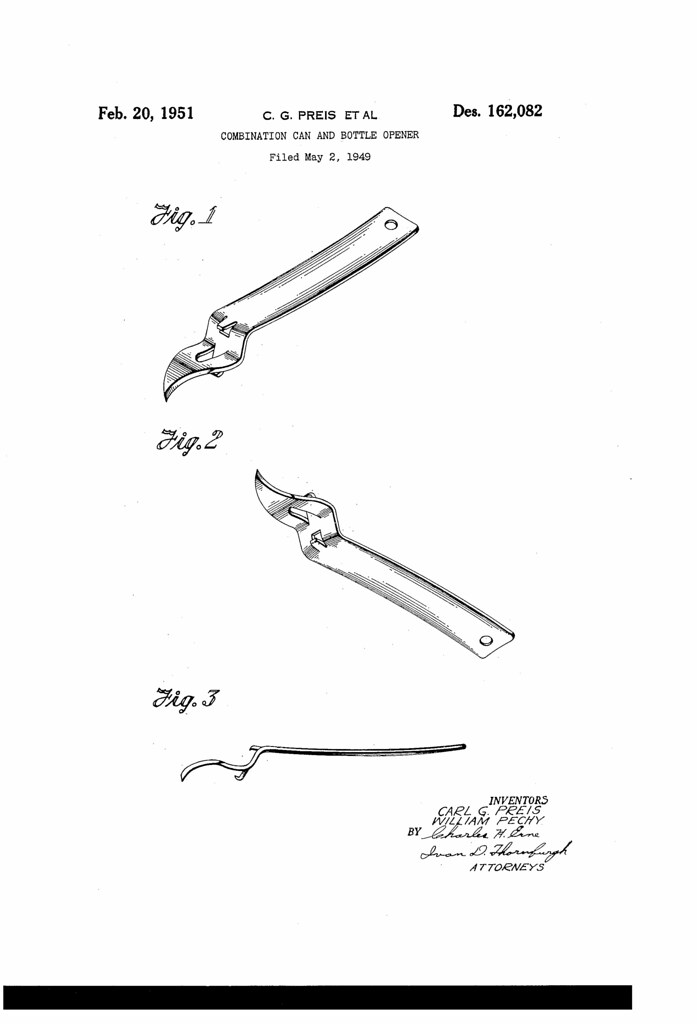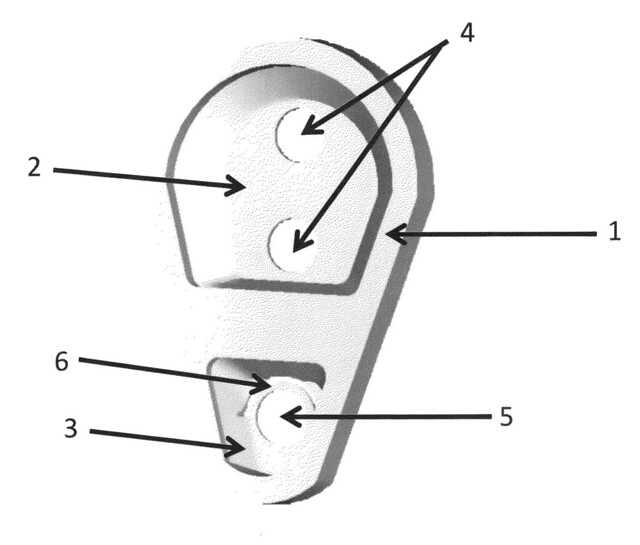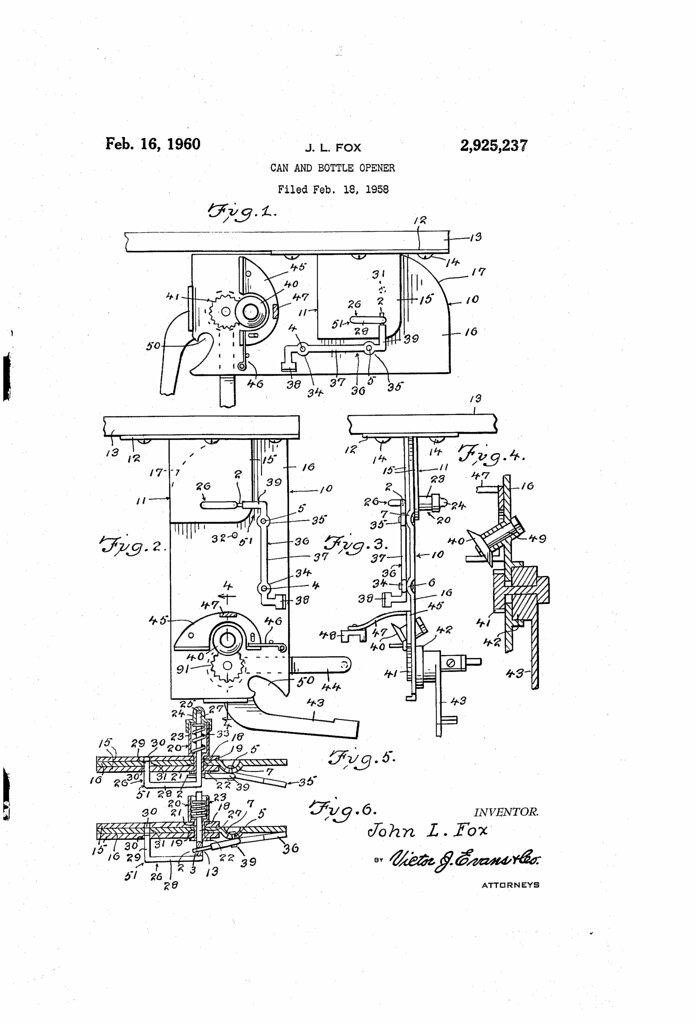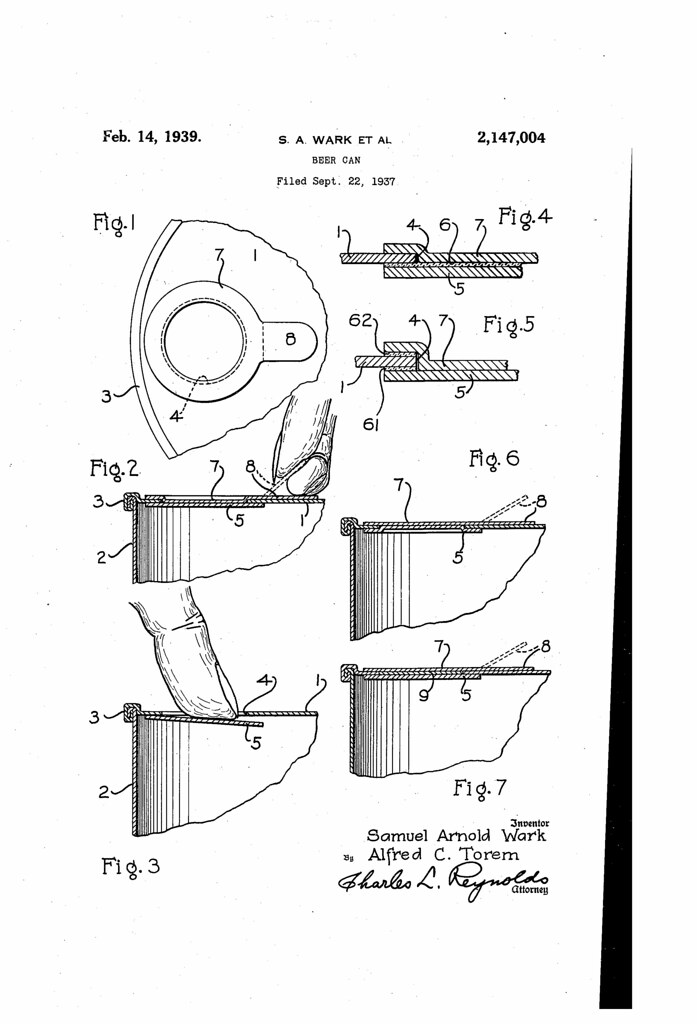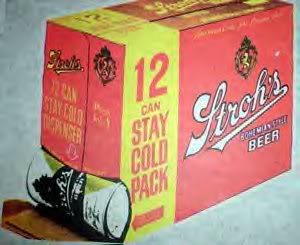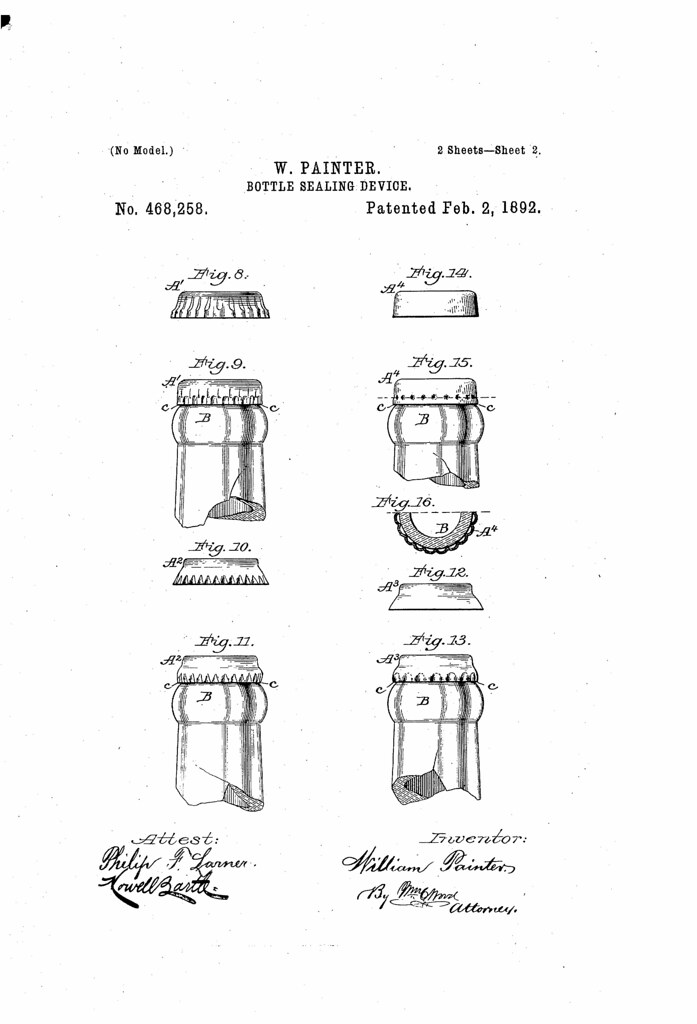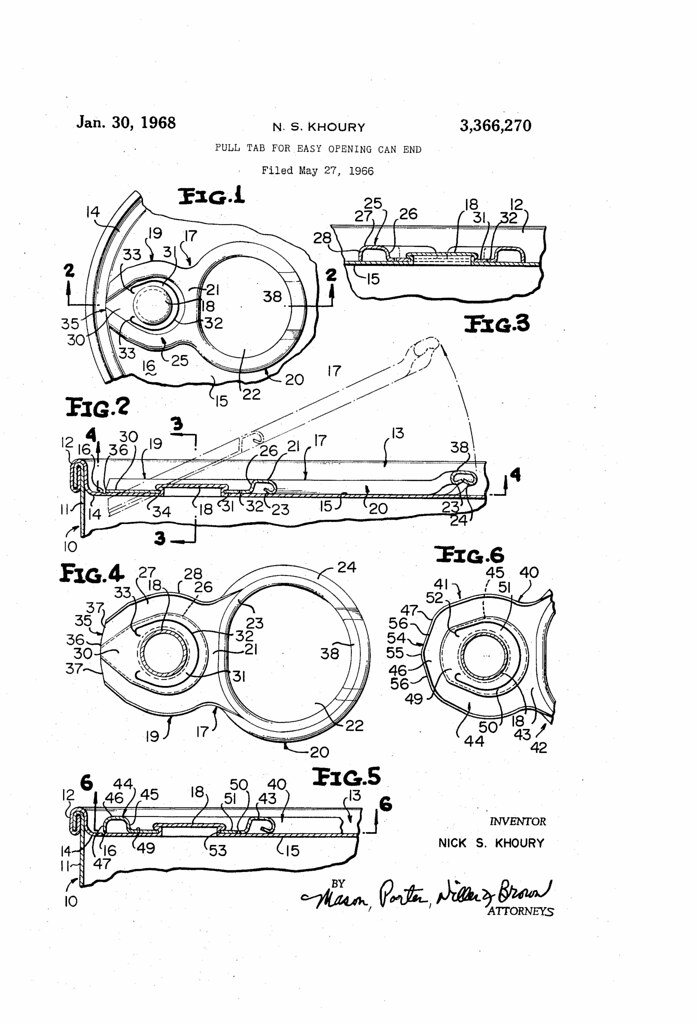
Today in 1950, US Patent 2497870 A was issued, an invention of Stanley W. Dennis, assigned to the Crown Cork & Seal Co., for his “Container Closure.” There’s no Abstract, but the description states that the “The present invention relates to closures.” Happily, they expound upon that somewhat:
More particularly, the closure of the present invention is an improvement on closures of the type shown, described and claimed in a number of prior patents to G. W. Booth, owned by the assignee of the present application, such as Patents 1,956,209, Reissue 19,422, 1,956,213, 1,956,214, 1,956,215 and 1,956,217. Certain features of the invention, however, as regards cap structures, have utility and may be used in connection with caps of other types, as will be apparent from the following description and the appended claims.



